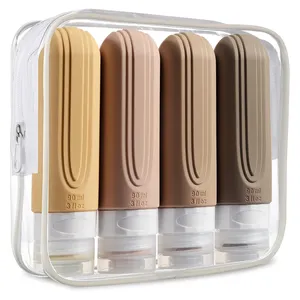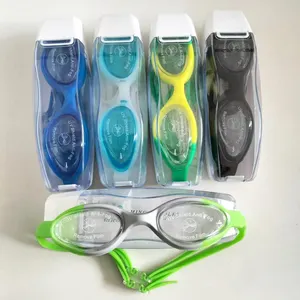Popular in your industry
























































Related Searches:

































































































































Top categories
About japanese tatami floor
Exploring the Versatility of Japanese Tatami Floors
The Japanese tatami floor is a traditional and versatile element of Japanese architecture, deeply rooted in the cultural fabric of Japan. These floors are not merely a surface to walk on but a reflection of Japanese aesthetics and philosophy. The tatami's distinct texture and appearance have made it a popular choice for a variety of settings, from homes to martial arts dojos.
Types and Materials of Tatami
Tatami mats have evolved in their use and design, with a range of types available. The core material traditionally is rice straw, providing a firm yet cushioned feel, but modern iterations may include materials like compressed wood chips, polystyrene foam, or a blend of these with the traditional straw. The covering is often a soft, woven rush straw, which contributes to the tactile experience. The edges are usually bound with cloth, adding to the mat's durability and aesthetic appeal.
Applications and Features
The application of Japanese tatami mats extends beyond the conventional bedroom or living room. They are an integral part of Japanese style floors in various settings, including tea rooms, where the subtle scent and texture of the mats contribute to a serene atmosphere. In martial arts, the mats are used for their shock-absorbing qualities, providing a safe and stable surface for training and competition.
Advantages of Tatami Flooring
One of the main advantages of tatami flooring is its adaptability to different climates. The natural materials used in traditional Japanese tatami have insulating properties, making them warm in the winter and cool in the summer. This, coupled with their ability to absorb moisture, helps regulate indoor humidity levels. The mats are also known for their longevity, with proper care allowing them to last for many years.
Considerations for Choosing Tatami
When selecting a Japanese tatami floor mattress or mat, it's important to consider the room's purpose and the desired ambiance. For those seeking an authentic experience, tatami mats made in Japan offer unparalleled craftsmanship. For spaces that require easy maintenance, modern materials like PVC or EVA foam can be suitable alternatives, providing the look and feel of tatami with added durability.
Caring for Your Tatami
Maintenance of a Japanese tatami rug or mat is straightforward but essential. Regular airing and gentle cleaning can prevent mold and mites, preserving the mat's quality. It's also advisable to rotate the mats periodically to ensure even wear, especially in areas with significant foot traffic or sunlight exposure.





































































